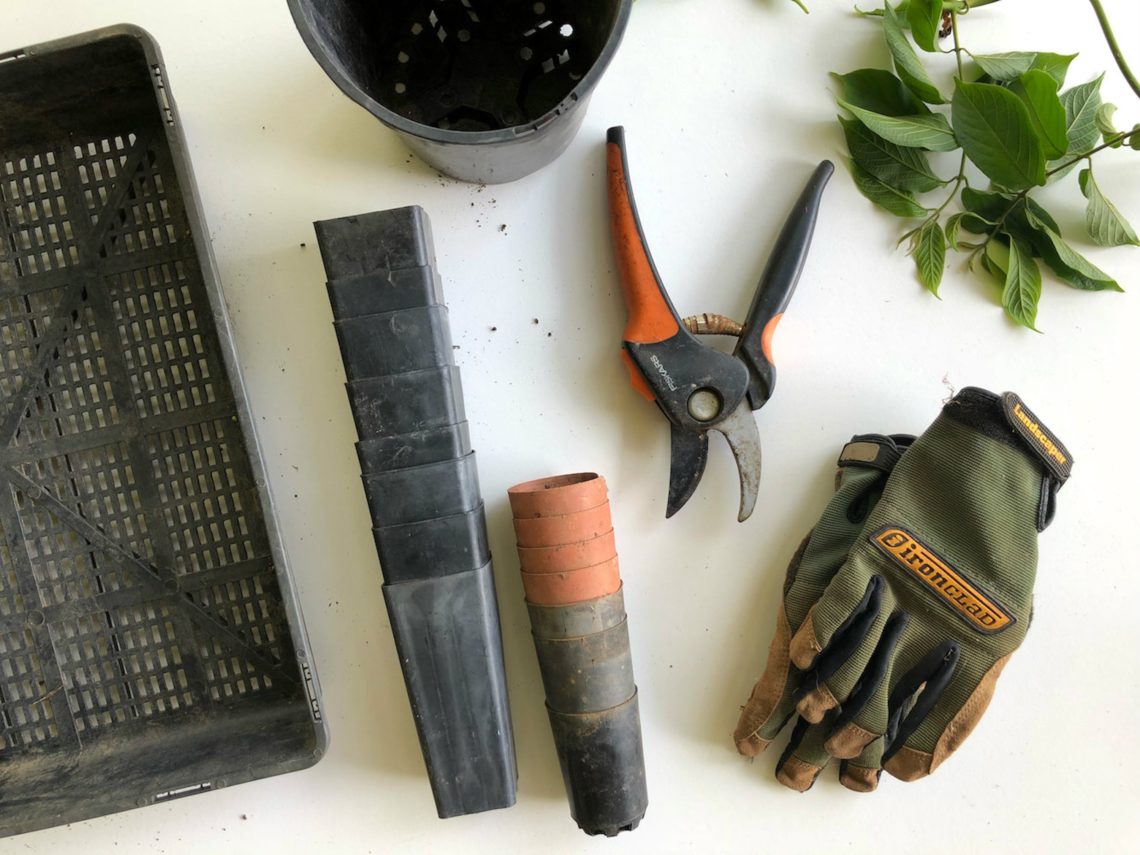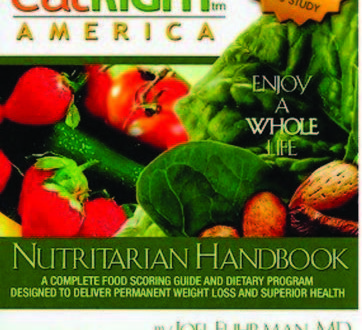Mike Dunton’s Maritime Northwest Edition Victory Gardener’s Almanack for the month of February
Don’t get carried away and start planting your whole garden if we happen to get a week or two of “false spring” weather this month. Although the days can reach into the 50s, the nights still are likely to return to the 20s and 30s. More seed varieties can be sown this month in the tunnels or cold frames set up in January. Other varieties can be started indoors.
In the Vegetable Garden
• Late February is a good time to plant or move asparagus plants.
• President’s Day is the rule of thumb for sowing your edible podded and garden peas into the beds you prepared last month. Remove any weeds. Keep the beds covered until the peas germinate. Use brush from your pruning activities as structures for your peas to climb.
• If you have space prepared outdoors under cover, you can try sowing broccoli, cabbage, hardy lettuce varieties, early cauliflower types, arugula, Brussels sprouts, carrots, fava beans, mustard, onions, radishes, rapini, and spinach.
• Remember that succession sowings from the end of the month into spring will deliver long harvest periods.
• Although some gardeners will start warm weather plants like eggplants, peppers, and tomatoes indoors towards the end of the month, it is generally too early. That said, go for it if you’d like. Gardening is all about learning and you can always sow more in March and April.
• Continue to refine your garden plan and look for the Spring edition of the Green Living Journal for next quarter’s almanac pages.
In the House
• If you have cacti or other succulents, keep them in sunny windows and make sure that they are in well-drained pots. Do not over water as it can result in disease issues.
• For fun, try forcing blooms of plants like willows, ornamental fruit trees, and forsythia by putting fresh cuttings in vases of water in a warm room. The closer that they are to budding, the easier they will force.
In the Yard and Orchard
• Attracting overwintering birds to your orchard by keeping your feeders filled will encourage them hunt for insect eggs and larvae, helping to reduce infestation issues later in the season.
• If your stored flower bulbs and tubers are drying out, lightly sprinkle the storage medium (sand, peat, sawdust, etc.) with water to re-hydrate.
Informational Resources:
1. Winter Gardening in the Pacific Northwest, by Binda Cole.
2. Growing Vegetables West of the Cascades, by Steve Solomon.
3. Vegetable Gardening in the Pacific Northwest, by Lorene Edwards Forkner.r.
4. Seed Storage and Its Affects on Quality, Viability, and Germination –- https://goo.gl/AZnj2H.
5. Simple Seed Germination Test Instructions – https://goo.gl/oxpRwG.
6. Mini 4-in-1 Meter – https://goo.gl/HVfyuw.
7. Winter gardening info for Oregon – https://goo.gl/WCnkfe and for Washington – https://goo.gl/wuBgkX.
8. Pruning info for Oregon – https://goo.gl/C9tDSJ and for Washington – https://goo.gl/zScKcr.
Mike Dunton is the founder of the Victory Seed Company and one of the early signers of the Safe Seed Pledge. The Victory Seed Company works to preserve rare, threatened, heirloom seeds and to make them available to home gardeners.






